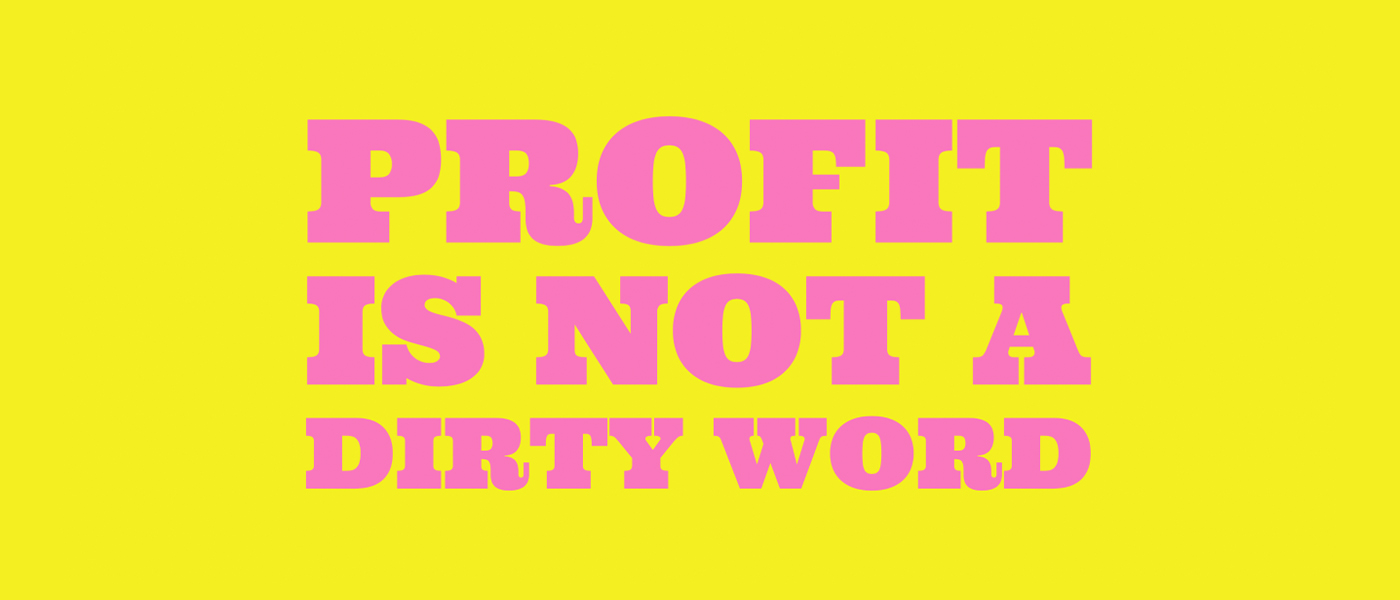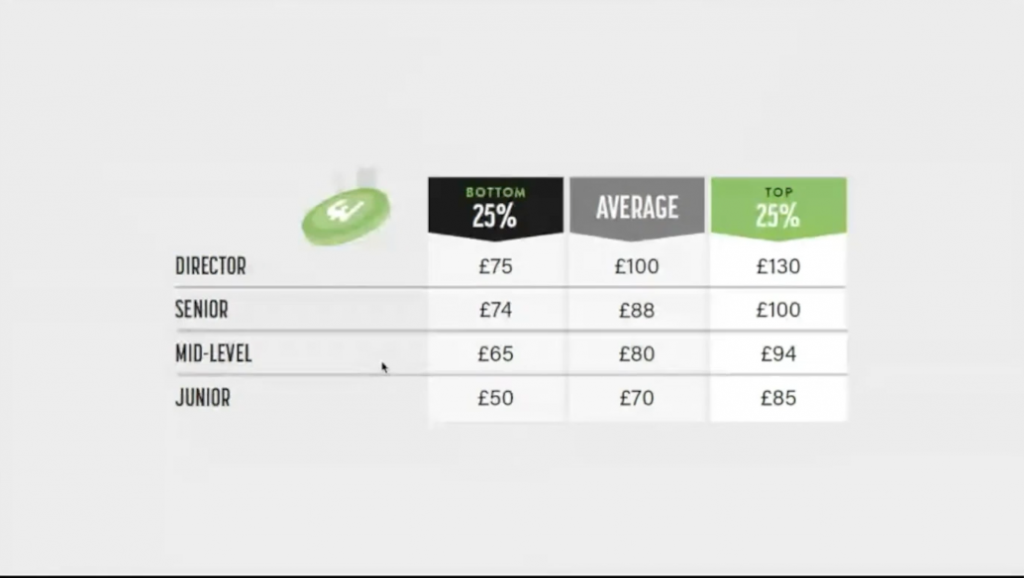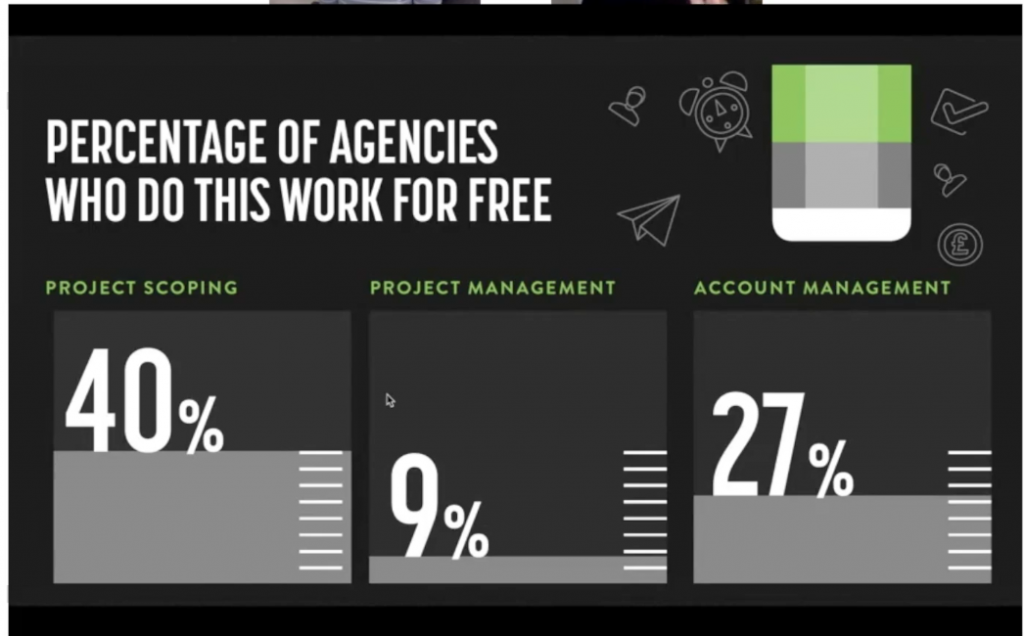I listened to a recent webinar with Peter Czapp, co-founder of The Wow Company, twice. First with the usual open interest I have when exploring topics I know will be useful to my own clients, and then with much frantic scribbling and space bar bashing (pause, play, pause, play) in order to take as many notes as possible.
Much of my job is to be intensely curious, to do the reading, talk to the experts and help draw solutions, options and conclusions that will help give my clients clarity and add incredible value to their businesses and vision. So this webinar was a veritable goldmine (you can listen to it in full, here).
Dive in.
Fact. Here are some things that clients are wondering.
- How can I charge more?
- How much are my competitors charging?
- How do I talk to my clients about raising prices?
- What do I do if a client says no to proposed price rises?
- Should I be charging a flat blended hourly rate or charging in tiers dependent on experience?
- Should I charge myself out at a higher rate?
- How do I create an agency that clients are willing to pay high rates to work with?
- How do we become the best in the world?
- Should I be doing speculative work for free?
- How much are my clients actually costing me in terms of time?
First up, the crux of the webinar.
Agencies who charge more, make more profit.
Written down like that, it’s hardly rocket science. But here are just some of the stats (from 1,000 agencies polled and 9 years of data from Benchpress) to give some really interesting insight…
Hourly rates
- 62% of agencies use a blended rate (one simple rate across all their business)
- The remainder use tiered rate (Juniors £45 Seniors £80, CEO £150 etc)
- Tipping point comes at around £1 million fee income – whereby these stats flip – tiered rates become more popular
Takeaways
- If you are using a blended rate, you are missing a trick. You (the owner/director) are worth more
- Agencies that charge using a tiered system, make more money
How much are agencies charging per hour?
Where do you sit? And what should you do?
- Bottom 25% – increase your prices, do it now
- Average – increase your prices. Do you do average work? No? Don’t charge average prices
- Top 25% – focus your energy here for the best profitability
Ambition to charge more versus acceptance of a client budget
With new clients, this is not such a problem, since they have no benchmark of prices, but with existing clients there is (and has always been) a real reticence and nervousness, when discussing price raises.
Crucially, if your clients are not willing to pay your new (and warranted) rate, then you need to go and find better clients.
Tips on how to discuss price increases
Open up the conversation
You don’t ask, you don’t get. No client will ever offer to pay you more, just because.
Manage the conversation – tips on wording
‘If you were a new client you would be on this rate – how would you feel about closing that gap?’
Anticipate the potential reactions
- I’ve been waiting for this phone call – let’s pay the proper rates
- If this goes up by a penny then it will have to go out for tender
- Let’s meet halfway and phase in over 6 months
What next?
- If it’s a flat no (and data says it’s the most unlikely outcomes!), then you still have the ability to backtrack – talk to the client about giving it six months and then discussing it again
- The reaction gives you time to decide what you want to do next – is it time to look for a new client?
Key takeaway
If you DO NOT have the conversation about price increases, you will NOT increase your profitability. If your ambition is to make more profit – then you need to work with businesses who have the budgets for that.
Selling VALUE, not time – become famous for what you do
‘A Van Gogh will sell for a lot more than the costs of the materials and the time it might have taken to make.’
Selling time will only get you so far. Selling value has the potential to transform profitability.
Key findings
- Some services you offer give order disproportionally more value to your clients than the rest of them
- Conversely there are some/many that are commoditised
- If all your services are commoditised – you will struggle to grow profitability (prices will be driven down due to the number of agencies offering the same thing)
- Look at the services you offer then become a specialist – in a sector, in a particular offering – you get the jist
‘Start talking about what it is you want to be famous for’
Put simply, you need to own your strategy – create content about it, do talks about it, dedicate webinars to it. If you want to be the expert, then be the expert.
Working for free. Every’s one is doing it… or are they?
A poll of 1,000 agencies showed the extent to which businesses are doing work for free:
Food for thought:
- A client WILL NOT value free work
- When a member of your team goes beyond scope, the client often doesn’t know it is beyond scope – and so does not appreciate it
- Sometimes the clients paying the least are the most time consuming – track your time (and charge FOR IT)
- Those who pay you more often offer more fulfilling work and are more grateful
- That said, it depends on the size of the prize. Consider the risk (free work), reward ratio
Agencies who charged for everything made 8% more net profit.
Budgets and Project Values
‘What’s your budget?’
‘We don’t know, we don’t have one, we haven’t done this before’
‘OK – so we’ve found somewhere that can do it for £50k
‘WHAT?! We were thinking more like £5000!’
‘Ah ha. So you do have a budget in mind…’
The Importance of Project Values
- Average project value for agencies is £12k
- Only 2% agencies have won a £1m projects
- 57% wouldn’t get out of bed for a project worth less than £5k
Traits of the top 10% agencies (by profitability)
- 65% won a project in excess of £250k (bigger project, bigger profit)
- 60% wouldn’t bother with project 10k or less
Key takeaway:
- More profit leads to sustainability – we need profit to run our businesses.
Profit is not a dirty word. No profit – no fuel for sustainability. Profit allows agencies to plan for longer term – build bigger brighter futures. Achieve and fulfil their purpose and mission.
I’d love to hear your thoughts on the findings and proposed solutions above.
If you haven’t already, please make sure you sign up to my newsletter, Rambling On – full of interesting articles, stats and more.
Andy.


